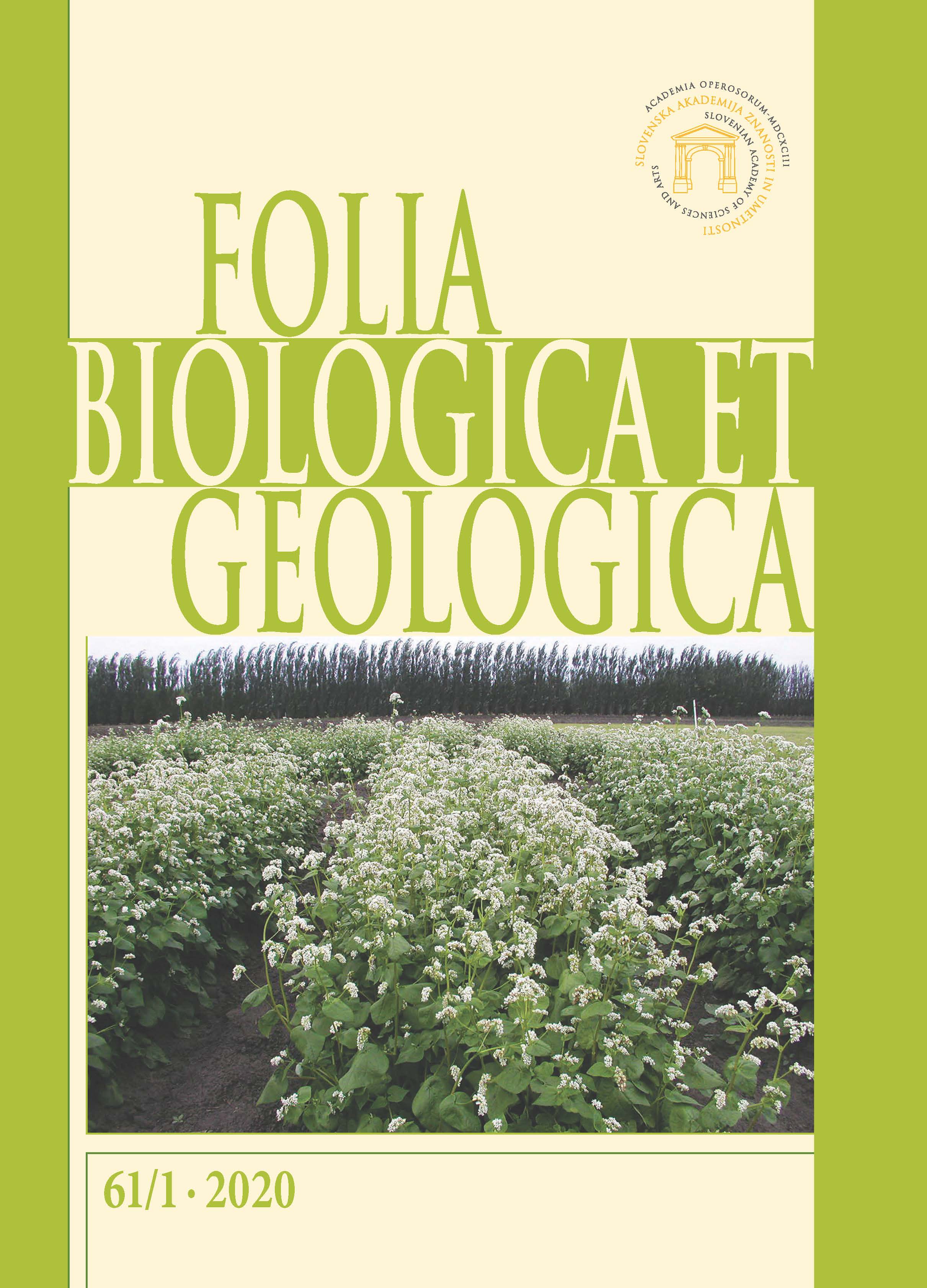The origin of cultivated buckwheat in Mankang district of the Sanjiang area of Eastern Tibet and its diffusion to India and the Himalayan hills / Izvor gojene ajde na območju distrikta Mankang območja Sanjiang Vzhodnega Tibeta in razširitev v Indijo ...
DOI:
https://doi.org/10.3986/fbg0062Abstract
Natural populations of the wild ancestor of cultivated common buckwheat were searched and collected, starting from its discovery in1990 and finishing the collections in 2005. Among the collections, the samples Zhuka, Xihe from Mankang district of Tibet are most closely related to cultivated common buckwheat. On the other hand, cultivated populations of common buckwheat in Zhouba, Zhubalong both from Mankang district are most closely related with the wild ancestor of common buckwheat. This leads to the hypothesis on the origin of cultivated buckwheat in Mankang district in the Sanjiang area. The diffusion route from the original birthplace to India and the Himalayan hills is proposed. Several characteristics of Indian and Himalayan common buckwheat are discussed. A main conclusion of the discussion is that European buckwheat is not of Indian origin nor of the Himalayan origin. It probably came from the northern China through the Silk Road.
Key words: buckwheat, wild ancestor, origin, diffusion, India, Himalaya, short day plant
Izvleček
Iskali in zbirali so naravne populacije divjega prednika gojene navadne ajde, začeli so leta 1990 in zaključili 2005. Med zbranimi vzorci je bil vzorec Zhuka, Xihe iz Mankanga, Tibet, najbolj soroden gojeni navadni ajdi. Po drugi strani, vzorca gojenih ajd iz Zhouba in Zhubalonga, oboje iz Mankanga, so najbolj sorodni divjemu predniku navadne ajde. Na osnovi tega lahko oblikujemo hipotezo o izvoru gojene ajde v Mankangu na območju Sanjianga. Pot širjenja od prvotnega izvora v Indijo in na območja gorovja Himalaje je predlagana v tej razpravi. Avtor opisuje lastnosti navadne ajde v Indiji in na območju Himalaje. Glavni zaključek je, da ajda v Evropi ne izvira iz Indije ali z območja Himalaje. Verjetno je v Evropo prišla iz Severne Kitajske po Svilni poti.
Ključne besede: ajda, divji prednik, izvor, razširjanje, Indija, Himalaja, rastlina kratkega dne





